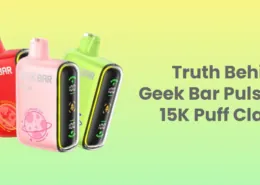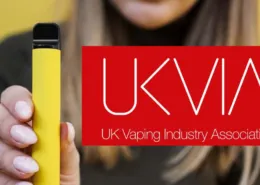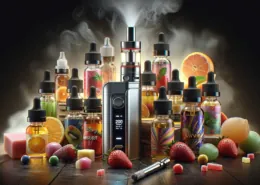Vaper’s Cough: Causes, Solutions for Smooth Vaping
As a vaper, you may have experienced the occasional cough when using your e-cigarette. While vape cough is a common occurrence, it can be frustrating and may even deter some people from continuing their vaping journey. In this article, we’ll explore the causes of vape cough and provide practical solutions to help you achieve a smooth and enjoyable vaping experience.
What is Vaper’s Cough?
Vaper’s cough is a persistent cough that develops from using e-cigarettes or vaping devices. It’s important to distinguish this from the initial coughing that new vapers often experience when first trying e-cigarettes. While initial coughing is usually temporary and subsides as users adjust to vaping, vaper’s cough can persist for days or even weeks, potentially producing phlegm and causing discomfort.
Causes of Vaper’s Cough and the Solutions
Understanding the root causes of vaper’s cough is crucial for finding effective solutions. Let’s explore the most common factors:
1. High Propylene Glycol (PG) Content
Propylene glycol (PG) is a key ingredient in most e-liquids, responsible for carrying flavors and providing the “throat hit” that mimics the sensation of smoking. However, high PG content can irritate the throat and lungs, especially for those with sensitivity.
Solution: Experiment with e-liquids that have a higher ratio of vegetable glycerin (VG) to PG. Instead of a 50/50 PG/VG blend, try a 30/70 or 20/80 PG/VG ratio. VG produces a smoother vapor that’s less likely to cause irritation. Many vapers find that a higher VG content significantly reduces coughing1.

Also Read:
What are PG and VG and How to Use Them
2. Nicotine Strength and Type
E-liquids with high nicotine concentrations or those using freebase nicotine can lead to throat irritation and coughing, particularly when used with high-powered devices.
Solution: Consider gradually reducing your nicotine strength or switching to nicotine salts. Nicotine salts provide a smoother vaping experience and are less harsh on the throat, even at higher concentrations. A study published in the International Journal of Environmental Research and Public Health found that nicotine salts were associated with less irritation and coughing compared to freebase nicotine2.
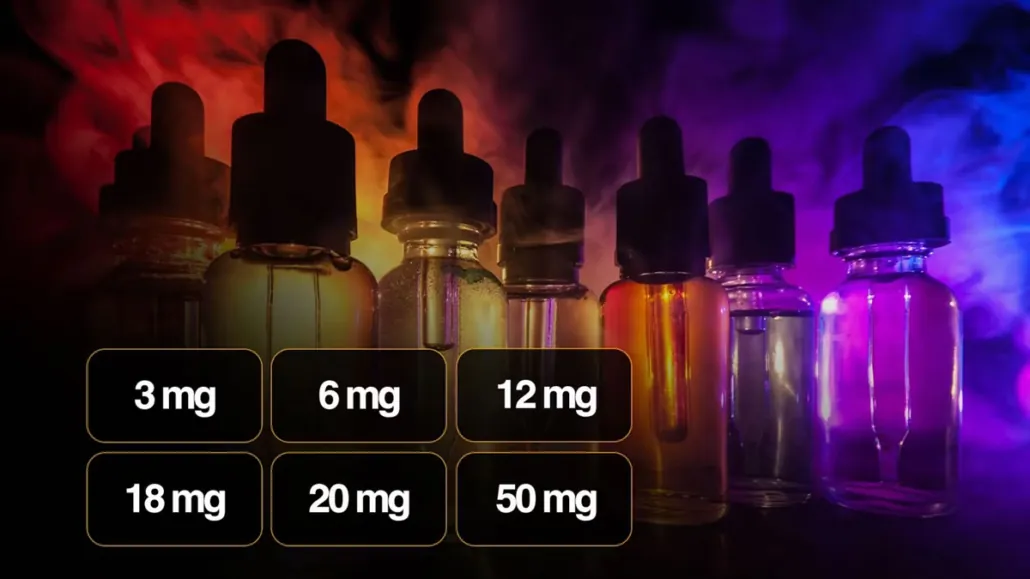
3. Inhalation Technique
Improper inhalation technique is a common cause of coughing among new vapers. Many people instinctively try to inhale e-cigarette vapor the same way they would cigarette smoke, which can lead to coughing fits.
Solution: Experiment with different inhalation methods:
- For mouth-to-lung (MTL) devices: Take a slow, gentle draw into your mouth, hold it briefly, then inhale into your lungs.
- For direct-to-lung (DTL) devices: Take a slow, steady inhale directly into your lungs.
Practice these techniques and find what works best for you. Remember, vaping is different from smoking, and it may take time to adjust your technique.
4. Device Power and Heat
Vaping at too high a wattage or temperature can produce hot, harsh vapor that irritates the throat and lungs.
Solution: Start with lower power settings and gradually increase until you find your sweet spot. If your device has temperature control, use it to prevent overheating the coil and e-liquid. Research has shown that lower temperatures can significantly reduce the production of potentially harmful compounds in e-cigarette vapor3.
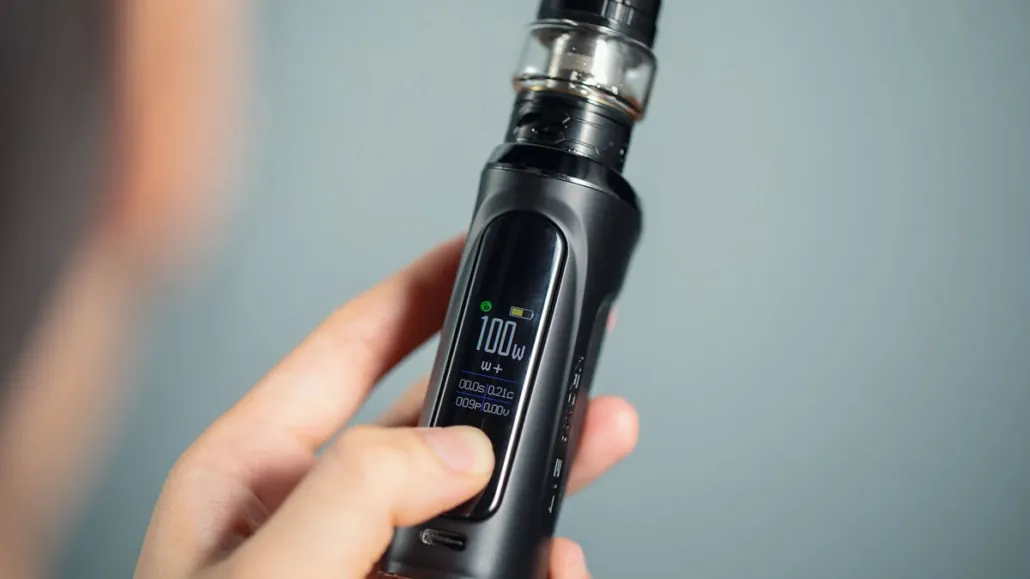
5. Dehydration
The ingredients in e-liquid, particularly PG, can have a dehydrating effect on your throat and mouth. This can exacerbate coughing and throat irritation.
Solution: Increase your water intake when vaping. Aim for at least 8-10 glasses of water per day. Staying well-hydrated can help soothe your throat and reduce the likelihood of coughing.

6. Sensitivity to Flavorings
Some vapers may be sensitive to certain e-liquid flavors, particularly strong menthol, cinnamon, or citrus flavors. These can trigger coughing in sensitive individuals.
Solution: Experiment with different flavor profiles. Start with simple, mild flavors and gradually explore others. Keep a vaping journal to track which flavors cause irritation and which ones you tolerate well. A survey of vapers found that certain flavors, particularly those with cooling agents, were more likely to cause throat irritation4.
7. Healing Cilia in Ex-Smokers
For those who have recently quit smoking, increased coughing might occur as the lungs begin to heal. The cilia – tiny hair-like structures in the airways that help remove mucus and debris – start to regrow and function more effectively, leading to increased mucus production and coughing.
Solution: This type of coughing is actually a positive sign of healing. It should subside over time as the lungs recover. Stay hydrated, be patient with the process, and consider it a sign that your body is repairing itself.
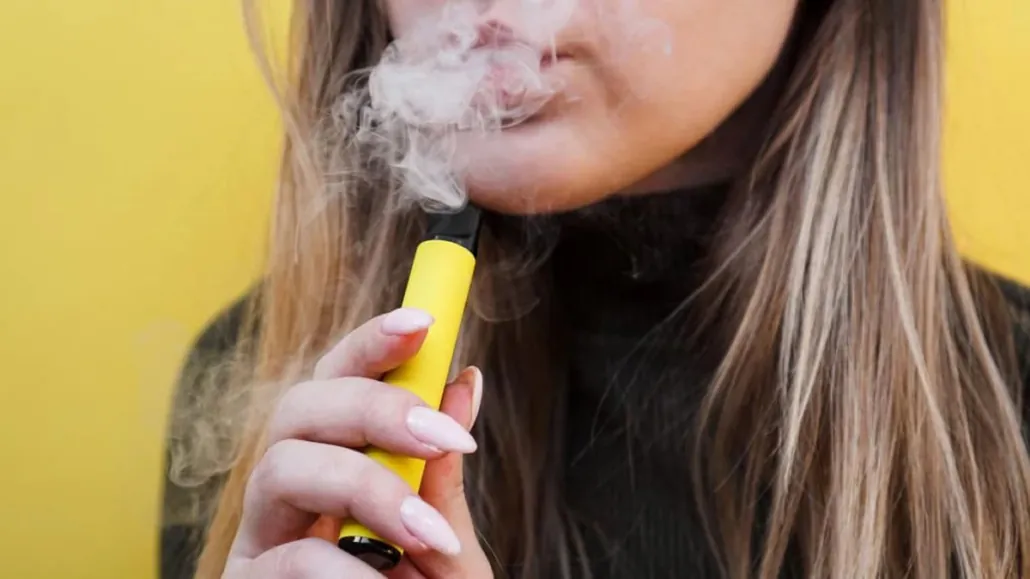
Additional Tips for Managing Vaper’s Cough
Beyond addressing the specific causes mentioned above, here are some general tips to help minimize vaper’s cough:
- Clean your device regularly: Build-up of e-liquid residue and debris can affect vapor quality and lead to irritation. Establish a regular cleaning routine for your device.
- Use quality e-liquids: Stick to reputable brands and avoid cheap, potentially low-quality e-liquids that may contain irritants. Look for e-liquids that have been tested for purity and quality.
- Take breaks: If you find yourself coughing frequently, take a break from vaping for a few hours or even a day to let your throat and lungs recover.
- Try menthol or cooling flavors: Some vapers find that menthol or “ice” flavors can help soothe throat irritation. However, be cautious as these can also be irritating for some users.
- Adjust your technique: Experiment with shorter puffs or “sipping” the vapor instead of taking deep inhales. This can help reduce the amount of vapor hitting your throat at once.
- Consider your environment: Vaping in a dry or dusty environment can exacerbate coughing. Try to vape in a clean, comfortable environment when possible.
- Maintain your device: Regularly replace coils and ensure your device is functioning properly. A well-maintained device is less likely to produce harsh vapor that triggers coughing.
When to Seek Medical Advice
While vaper’s cough is often harmless and temporary, persistent coughing or other concerning symptoms should not be ignored. Consult a healthcare professional if:
- Your cough persists for more than a few weeks
- You experience chest pain, shortness of breath, or wheezing
- You cough up blood or discolored mucus
- Your cough is accompanied by fever or other signs of infection
A healthcare provider can help determine if your cough is related to vaping or if there’s an underlying health issue that needs attention.
The Journey to Smooth Vaping
Overcoming vaper’s cough requires patience and a willingness to experiment with different devices, e-liquids, and techniques. Remember that everyone’s vaping journey is unique, and what works for one person may not work for another.
The health benefits of switching from smoking to vaping are significant, with many ex-smokers reporting improved breathing and overall health after making the switch5. While vaper’s cough can be a temporary setback, it’s often a small price to pay for the long-term benefits of quitting smoking.
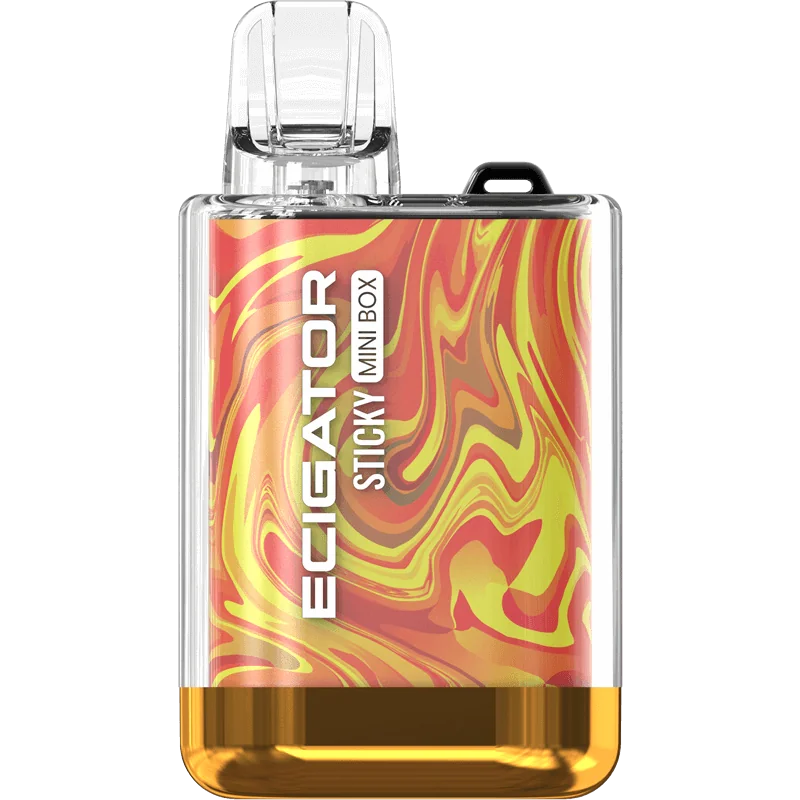
Ecigator Sticky Open Pod Kit
The Sticky Open Pod Kit is a contemporary vaping device that combines functionality with fashion. This kit is designed with a box-style form factor, offering a compact and stylish appearance that’s ideal for vaping enthusiasts on the move.
At the heart of this kit is a Refillable Open Pod System, with a capacity of 2ml, perfect for accommodating a variety of e-liquids. The pod is equipped with a high-quality Mesh Coil that not only ensures a rich and flavorful vaping experience but also boasts durability for up to 8 Refills.
Conclusion: Embracing a Cough-Free Vaping Experience
Vaper’s cough, while frustrating, is often a temporary challenge that can be overcome with the right approach. By understanding the common causes and implementing the solutions discussed in this guide, you can minimize irritation and enjoy a smooth, satisfying vaping experience.
Remember to stay hydrated, be patient with your body as it adjusts, and don’t hesitate to experiment with different products and techniques. With time and persistence, vaper’s cough can become a thing of the past, allowing you to fully enjoy the benefits of vaping as a smoke-free alternative.
Whether you’re using vaping as a tool to quit smoking or simply enjoying it as a hobby, the journey to finding your perfect vaping experience is worth the effort. Here’s to smooth, cough-free vaping and better health!
References:
- Farsalinos, K. E., & Polosa, R. (2014). Safety evaluation and risk assessment of electronic cigarettes as tobacco cigarette substitutes: a systematic review. Therapeutic Advances in Drug Safety, 5(2), 67-86. https://pubmed.ncbi.nlm.nih.gov/25083263/ ↩︎
- Goniewicz, M. L., et al. (2020). Comparison of Nicotine and Toxicant Exposure in Users of Electronic Cigarettes and Combustible Cigarettes. JAMA Network Open, 3(12), e2026324. https://pubmed.ncbi.nlm.nih.gov/30646298/ ↩︎
- Geiss, O., et al. (2016). Correlation of volatile carbonyl yields emitted by e-cigarettes with the temperature of the heating coil and the perceived sensorial quality of the generated vapours. International Journal of Hygiene and Environmental Health, 219(3), 268-277. https://www.sciencedirect.com/science/article/pii/S1438463916000158 ↩︎
- Hua, M., et al. (2019). Health effects associated with electronic cigarette use: automated mining of online forums. Journal of Medical Internet Research, 21(6), e12996. https://pubmed.ncbi.nlm.nih.gov/31899452/ ↩︎
- Polosa, R., et al. (2016). Evidence for harm reduction in COPD smokers who switch to electronic cigarettes. Respiratory Research, 17(1), 166. https://pubmed.ncbi.nlm.nih.gov/27986085/ ↩︎
- Best Delta-8 THC Carts of 2025: Top 5 Vapes Reviewed - July 16, 2025
- UK Vape Ban: Your Guide to Legal Alternatives in 2025 - July 4, 2025
- The Global and U.S. Vaping Industry in 2025: Growth, Challenges, and Opportunities - May 27, 2025



